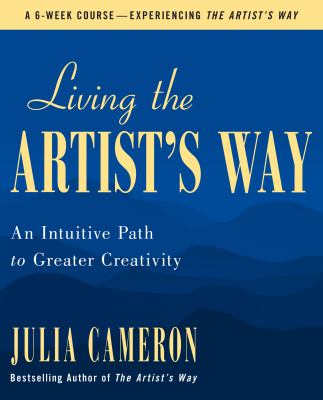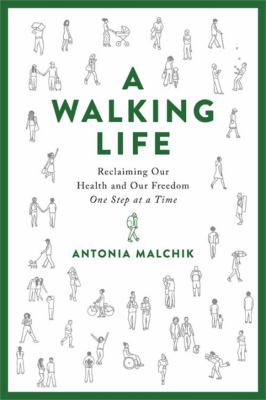Two simple activities can help your personal pursuit of wellness: journaling and walking. Journaling allows us to explore our thoughts and emotions while walking rejuvenates us physically and mentally. Together, they offer transformative experiences and improved well-being.
 Journaling serves as a tool for introspection and provides a space to untangle emotions, understand ourselves better and track personal growth. Whether through free writing or structured prompts, journaling helps us make sense of our experiences and navigate life’s complexities. It can aid in goal-setting and problem-solving, clarifying priorities and devising action plans. Journaling empowers us to turn dreams into reality by tracking progress and envisioning our desired future.
Journaling serves as a tool for introspection and provides a space to untangle emotions, understand ourselves better and track personal growth. Whether through free writing or structured prompts, journaling helps us make sense of our experiences and navigate life’s complexities. It can aid in goal-setting and problem-solving, clarifying priorities and devising action plans. Journaling empowers us to turn dreams into reality by tracking progress and envisioning our desired future.
During the six-week process of “Living the Artist’s Way,” participants learn to trust a higher power through daily writing for guidance. In previous works, Julia Cameron taught us to start the day by writing three “morning pages.” In this work, readers learn how to ask for guidance and to trust the answers they receive.
Writing prompts can help you get started, or can help you get started again when you can’t think what to write. One of our library’s many offerings is the eBook “Tiny Buddha’s Inner Strength Journal,” by Lori Deschene. The creative prompts and thoughtful exercises will strengthen you and provide mental and emotional stability, and may help when life gets overwhelming.
Walking complements journaling by offering physical and mental benefits. It strengthens muscles, improves cardiovascular health and enhances overall fitness. Moreover, walking promotes mental well-being by reducing stress and boosting mood. The rhythmic motion, combined with exposure to nature, calms the mind  and enhances creativity. Walking provides an opportunity to clear thoughts and improve concentration.
and enhances creativity. Walking provides an opportunity to clear thoughts and improve concentration.
“Walking With Glenn Berkenkamp” speaks of the health benefits to consciously moving through life “in the healthiest way for our body, including what is dictated by our structure, past and present injuries, emotional hurts and pains….” Berkenkamp encourages us to practice self-compassion as we learn to perform the 35 walks described in the book.
In “52 Ways to Walk,” author Annabel Streets presents hikes, walks, jaunts and strolls, each chapter presenting information relating to the physiological effects our bodies undergo. For example, “Walk With a Picnic” shares the benefits of the muscle contraction we experience when carrying things. Our ancestors routinely walked miles while carrying “baskets of produce, buckets of water, small children, suitcases…”
Antonia Malchik writes a compelling argument that automobiles, not the Internet or the TV, have broken down our communities in her book “A Walking Life.” She encourages us to reclaim our health and freedom with walking, finding correlation between walkable neighborhoods and improved health.
 Combining journaling with walking creates a harmonious synergy of physical and mental well-being. Take a journal on your walks to capture thoughts in the moment. Whether jotting down thoughts or enjoying the surroundings, journaling while walking fosters self-discovery and creativity.
Combining journaling with walking creates a harmonious synergy of physical and mental well-being. Take a journal on your walks to capture thoughts in the moment. Whether jotting down thoughts or enjoying the surroundings, journaling while walking fosters self-discovery and creativity.
Many people journey and then depend on the notes they take to complete a book. Neil King Jr. left his home in Washington, D.C. on a pilgrimage through the history of our country. “American Ramble” tells the story of the farms and towns he passed through, and King concluded that “…in the midst of extreme political divisions, (his experience) reveals the profound power of our shared ground.”
You can read Cheryl Strayed’s “Wild” and join her on the 2,650 miles of the Pacific Crest Trail. Or perhaps you’ll travel with “Peace Pilgrim,” an author who, starting in 1953, walked over 25,000 miles to promote peace and trusting in the kindness of strangers to feed and shelter her. Or try walking alongside Katherine May on her 630-mile walk along the English coast to do some vital inner work in “The Electricity of Every Living Thing.”
The Daniel Boone Regional Library offers many resources to help you develop a better journey, whether it’s a physical or mental one or a combination of the two. We look forward to assisting you during your next visit.
Image credit: Adam Jones, Scenery at Cherokee Campsite (Trail of Tears) via Flickr (license)


